How Conversational AI Improves Restaurant Customer Service
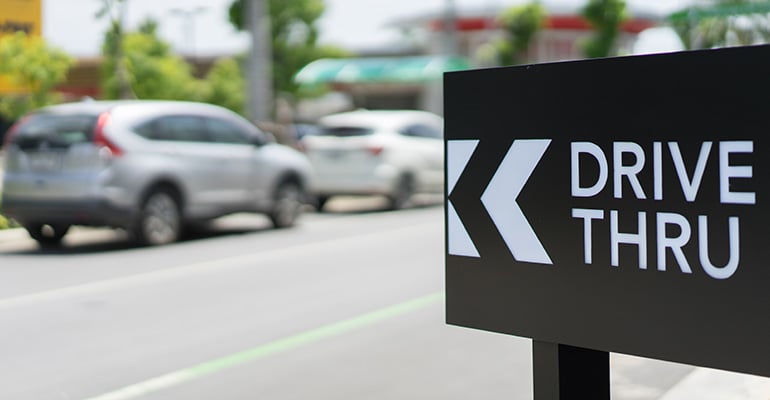
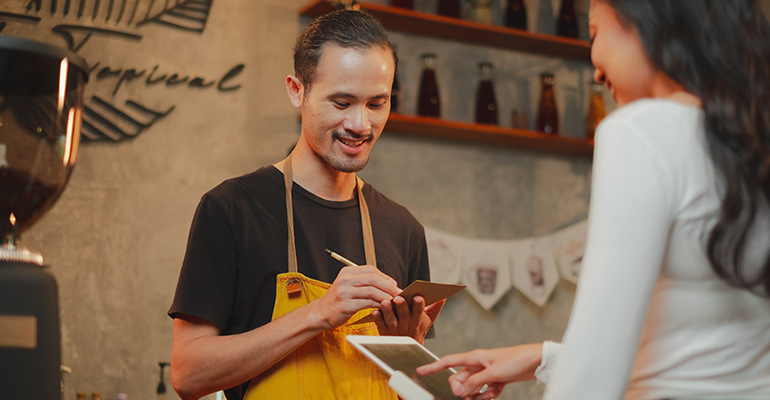
It’s becoming increasingly popular in the restaurant industry for large and small establishments to find innovative ways to automate their management systems. Automation maximizes efficiency, improves profitability, keeps customers satisfied, and contributes to future growth.
And it gives customers more control over their ordering process and frees up staff to focus on other tasks.
Here are a few stats about the state of automation in the restaurant industry:
of restaurants currently use 3 or more automated tools. (Capterra)
of restaurateurs note that increased automation for back-of-house operations would free up time to focus on more important tasks for the business. (Square)
of full-service restaurants are offering pay-at-the-table devices and 50% are offering QR code payments. (Square)
of food businesses believe that digital transformation is a crucial factor for business agility. (Panasonic)
Restaurant automation is the use of technology to facilitate different types of operations within the restaurant, from using robotics in the back of house to using point-of-sale software to automating tasks like customer orders or even inventory.
Automating your food and supply ordering, inventory management, employee tracking, and staffing needs can make a big difference in food waste and employee time.
With profit margins tight, most restaurant owners or managers are delighted with how much money, time and increased satisfaction automation systems bring to their employees, management, and ultimately customers.
Let’s dive a bit deeper into understanding some of the biggest benefits that restaurants can expect when they begin to integrate these types of automated restaurant ordering systems into their establishments.
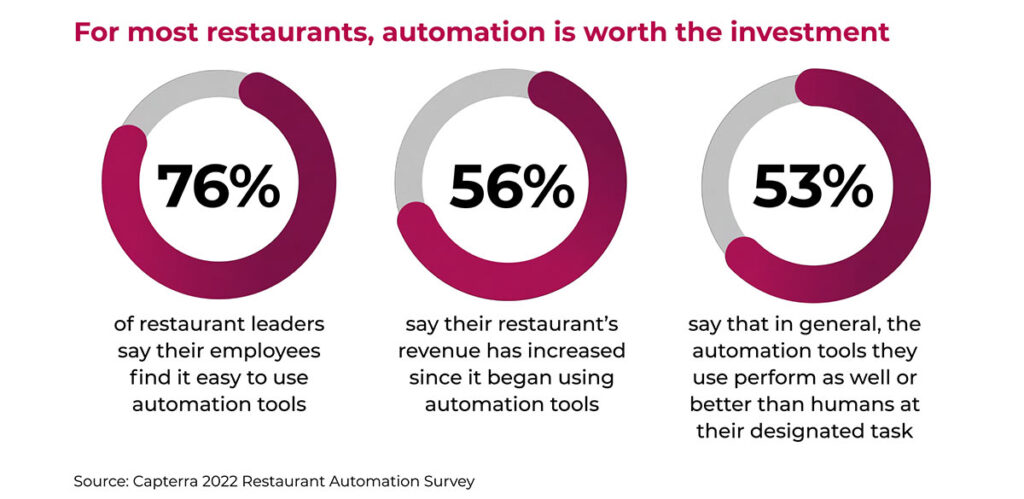
Whether in response to the pandemic, advanced technology capabilities or a combination of the two, restaurant customers want greater control over the food ordering process.
This means that online ordering and table reservation options, food delivery services, mobile apps, and contactless ordering are all fast becoming aspects of the restaurant industry that are now the standard and not the exception. Automation not only increases profits and efficiency but also improves the overall customer experience in your establishment.
And more and more customers are open to automation if it improves convenience and speed.
In fact, we now know that an estimated 42% of surveyed customers order food via phone calls and 51% of grab-and-go customers feel positive about ordering via a kiosk.
Using voice to order on mobile devices can further simplify an often clumsy, time-consuming process.
“Ordering on a mobile phone requires a lot of pecking, tapping, scrolling, and can be a tedious, long process. With voice ordering on a small device, it eliminates having to go through all the scrolling and makes the process much, much faster.” – Ben Bellittini, VP of Restaurant Sales at SoundHound
Loyalty is an important part of a restaurant’s long-term profitability and prosperity. Customers who consistently return to a restaurant tend to not only increase profits but encourage other guests to frequent the restaurant as well.
An automated restaurant ordering system can increase convenience for your guests and let you offer special options to your loyal customers.
This includes being able to constantly update your current menu and communicate any changes to it. Or to use voice assistants to identify a returning customer and their previous orders — allowing them to simply say, “I’ll have my usual.” An automated food ordering system can make your returning customers feel as though their food orders are a priority to your restaurant.
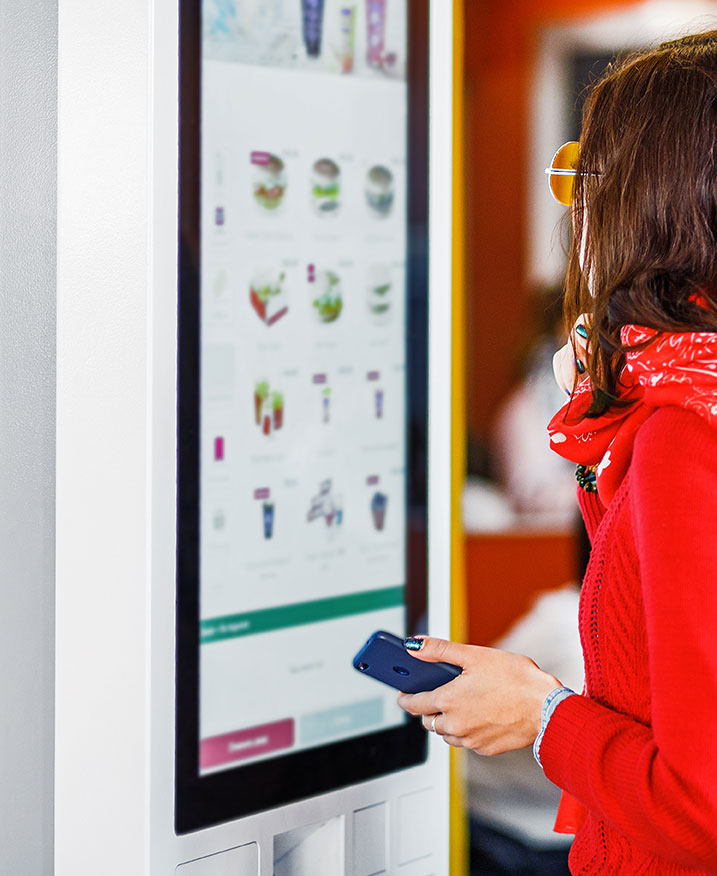
Voice-enabled kiosks or drive-thru lanes that identify a returning customer, can speed an order by understanding when the customer says, “I’ll have my usual.”
Another key aspect of loyalty is that the brands we interact with as consumers have become a reflection of who we are. When we are able to connect with a brand on a personal level, we feel understood — and this helps create a deeper connection.
Voice assistants are taking customer relationships to the next level, introducing a level of humanity never before possible. Through voice, brands can express humor and relatability, be empathetic, and even be inspirational. Tone, pitch, and rate of speech combine to become the brand’s “voice” in the market.
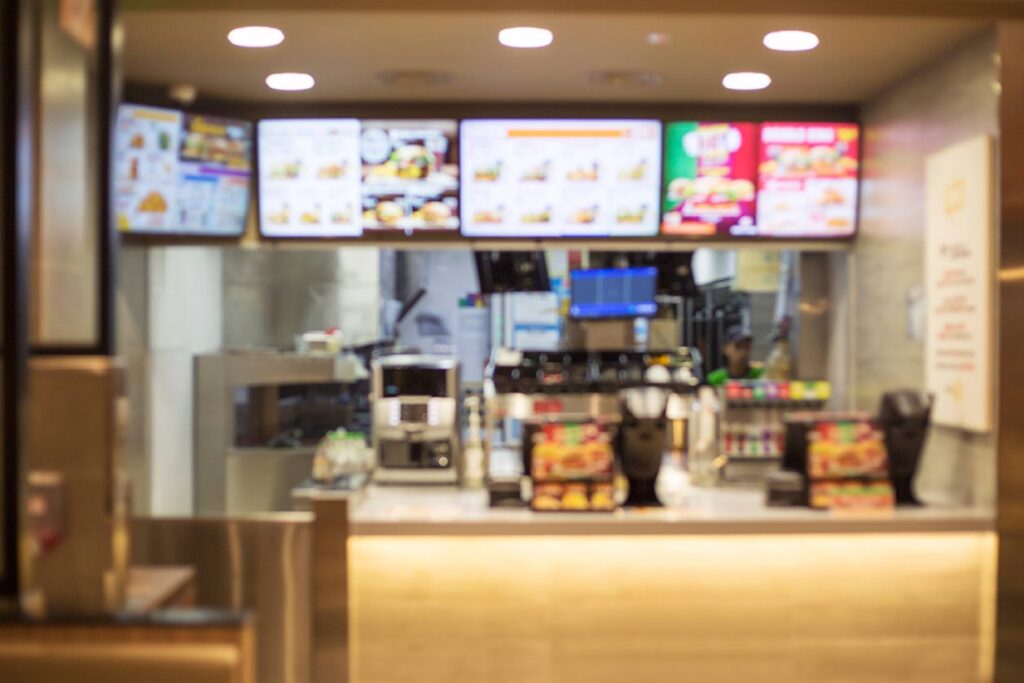
Few in the restaurant business are unaware of the ongoing staffing shortage.
This puts an enormous burden on a restaurant’s staffing needs, especially when they may already be struggling to find and retain good employees.
And there are endless ways you can do this.
Many restaurants start by introducing a safe and secure online ordering system.
In lieu of calling the restaurant to place their delivery or takeout orders, a good online ordering system can quickly replace the need to have a person fielding the majority of phone calls and taking orders
Another popular automated ordering system is a self-service kiosk inside their restaurants for customers to use instead of placing their orders at the counter, online, or over the phone.
Self-service kiosks give customers an enormous amount of autonomy over their orders, while also freeing up valuable staff time to focus on other tasks, or help customers who still desire the face-to-face experience with a staff member.
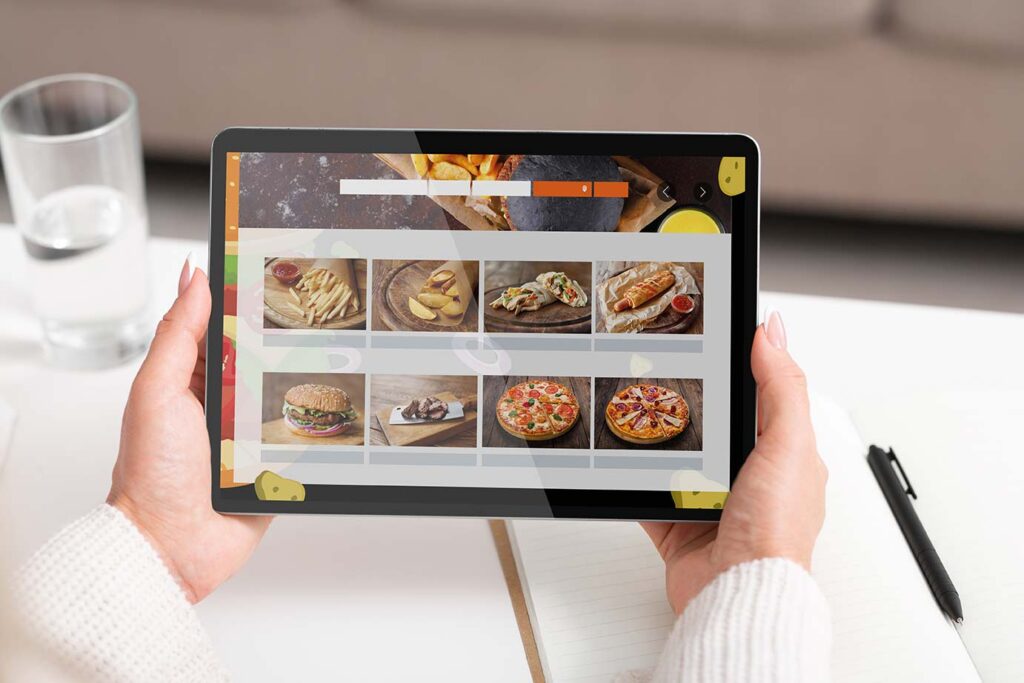
Another way that customers can continue to be well served is through a restaurant automation system that allows food ordering straight from a guest’s table.
Using a tableside POS service, customers have the option to automatically place their orders while already seated, thus already enjoying their restaurant experience.
Not only does handheld technology allow your customers to order at their convenience, accelerate service, and change staffing needs, but a tableside
food ordering system can also speed up checkout by providing tableside payment options. It also allows customers to provide immediate feedback at the conclusion of their dining experience.
Clearly, by starting to think of different ways you can bring a restaurant ordering system into your establishment, you are going to find endless ways to rely less on employees and utilize the employees you do have where they are most needed.

Though customer satisfaction and staffing needs are always going to be on the top of the list of priorities in order for a restaurant to be profitable, food costs are also a big factor in profit margins and a restaurant’s bottom line.
Even if your establishment has a loyal customer base and you know how to keep guests happy, rising food costs and ongoing food waste can affect your business as well.
With numbers as high as these, it’s no wonder that restaurants are rapidly looking for more ways to not only cut their food costs but also improve their inventory management systems and track where the majority of their food waste and costs are going.
Some restaurants are introducing AI technology into their accounting and tracking software to streamline inventory and purchasing decisions and look for current trends.
And some artificial intelligence applications will offer real-time suggestions for the type of supplies and ingredients that need to be purchased next.
For example, AI applications can take a restaurant’s customer-order history, supply data, and labor data and use AI-powered modeling to make their books leaner and more profitable. If people are starting to order more spaghetti than burgers, at a family restaurant, for instance, the system will prompt the chef or manager to buy more pasta and fewer rolls.
This reduces food waste and food costs and saves time when placing inventory orders. It also helps ensure you never run out of the crucial ingredients and items that your customers most value.
If you are interested in learning more about what types of automation systems may be best suited for your business, or which ones would be a good place to start, reach out to SoundHound today.
Our field experts can meet with you and find out more about your concerns and challenges while also helping you to devise a plan to begin implementing industry-proven automation technology into your restaurant.
At SoundHound, we have all the tools and expertise needed to create custom voice assistants and a consistent brand voice.